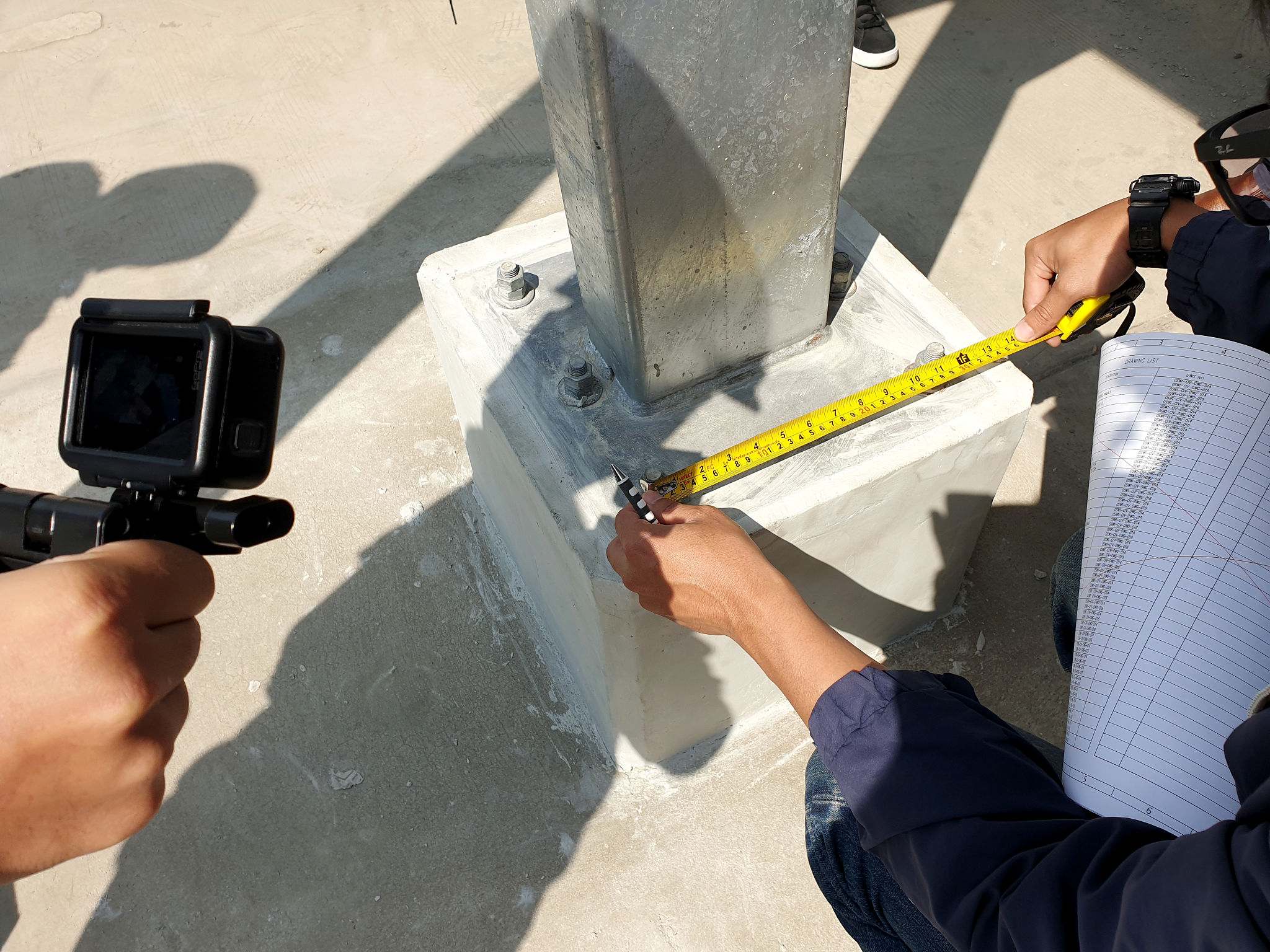DIY Guide: Checking Your Car's Wheel Alignment at Home
Understanding Wheel Alignment
Proper wheel alignment is crucial for the longevity of your tires and the safety of your vehicle. Misaligned wheels can cause uneven tire wear, poor handling, and decreased fuel efficiency. Fortunately, you can check your car's wheel alignment at home with some basic tools and a little know-how.
Wheel alignment refers to the angle and direction at which the wheels are set. There are three main components to check: camber, caster, and toe. Each of these affects how your car handles and how the tires wear.

Tools You’ll Need
Before you begin, gather the necessary tools to check your wheel alignment effectively. Here’s a list of what you’ll need:
- Jack and jack stands
- Measuring tape
- String or fishing line
- Ruler or straight edge
- Chalk or a marker
Checking Camber
The camber is the angle of the wheels in relation to the vertical axis when viewed from the front or back of the car. A negative camber means the top of the wheels lean inward, while a positive camber means they lean outward. To check this:
- Park your car on a level surface and ensure the wheels are pointing straight.
- Use a straight edge or a ruler against the wheel to measure the distance between the top and bottom edges.
- If there’s a significant difference, you might have improper camber alignment.

Evaluating Caster
Caster is the angle of the steering pivot when viewed from the side of the vehicle. It affects the steering stability and cornering. To evaluate:
Though checking caster is more challenging at home without specialized equipment, you can observe how your car naturally returns to a straight path after turning. If it struggles to do so, there might be an issue with the caster angle.
Assessing Toe Alignment
Toe refers to whether the fronts of your wheels are closer together or further apart than the rears. Toe-in means they are closer at the front, while toe-out means they are further apart. To assess this:
- Run a string along each side of your car, ensuring it touches both front and back tires evenly.
- Measure the distance between the string and the front and back edges of each tire.
- Differing measurements indicate a toe misalignment.

When to Seek Professional Help
While these DIY methods can give you an idea about your car's alignment, they aren't as precise as professional equipment. If you notice significant misalignment or if your car is challenging to drive, it's wise to seek professional help. Regular professional alignment checks ensure optimal vehicle performance and safety.
By periodically checking your wheel alignment at home, you can catch potential issues early. This not only saves you money on tire replacements but also ensures a smoother and safer driving experience.